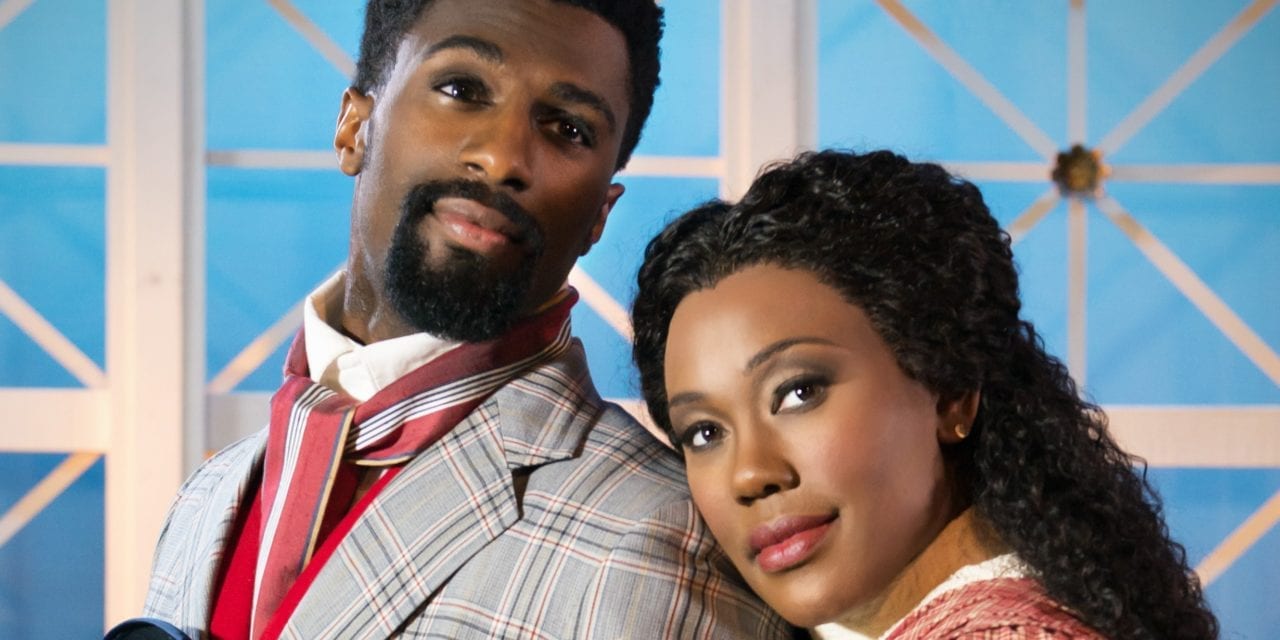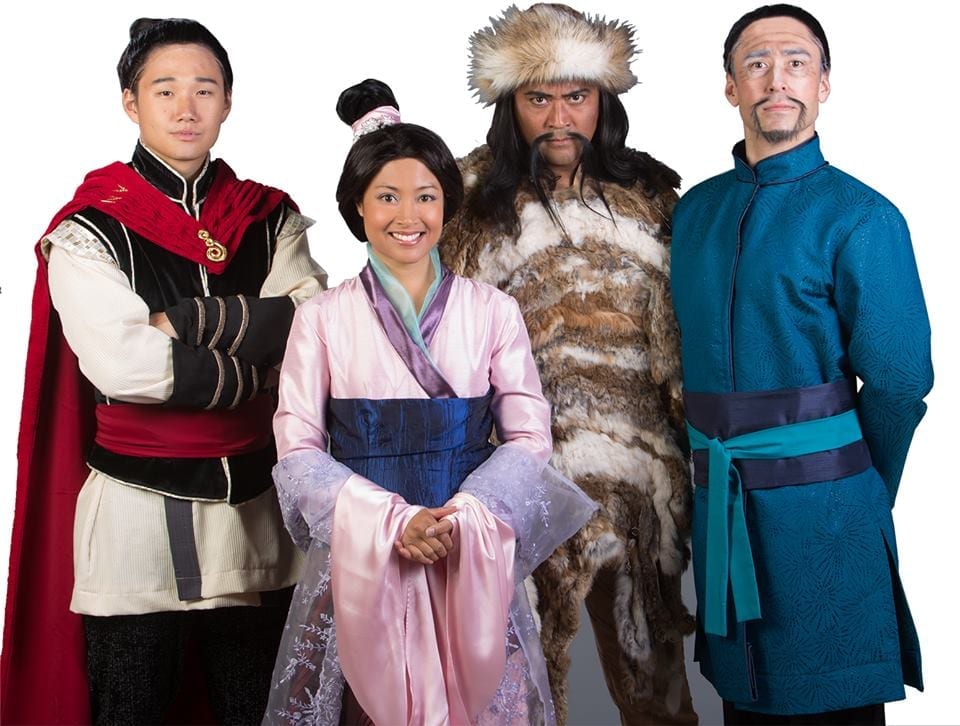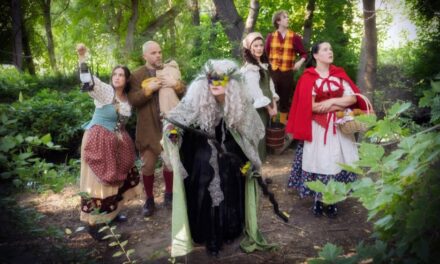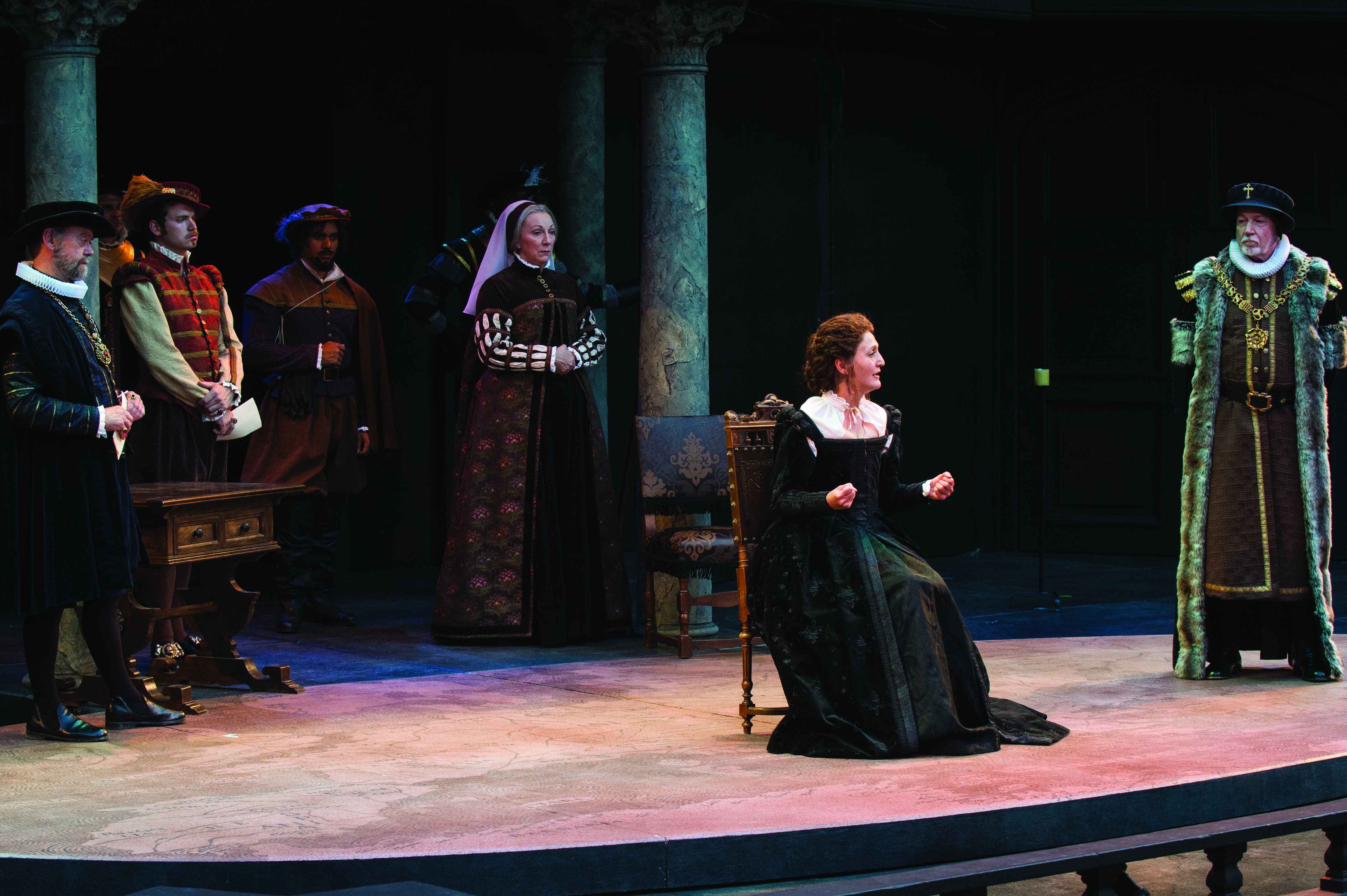LOGAN — At its core, Ragtime is a story about America. Not at its best, but at its most hopeful. Hope that someday—someday—things will change. People will be more kind, the world more gentle, governments more compassionate, and systems more malleable.

Show closes August 6, 2016.
As I write this, I am still overcome with the emotion that this story ignited. To say that this piece is timely is an understatement. A central plot point features a peaceful black woman being beaten to death by police officers because she is thought to be wielding a gun. And it is veritable evidence that the stories we tell exceed the platforms we tell them on. Be it novel, play, film, or television, art is meant, at its most basic level, to shake us to our very core. To show us who we are as a human race and to, hopefully, elicit revolution.
The plot, based on E. L. Doctorow‘s novel of the same name, revolves around three central stories: the privileged white family whose lives are altered by a volatile point in history, the immigrant father who brings his daughter to America in search of success and prosperity, and the young ragtime musician, his partner Sarah, and their son. The theme of “us” versus “them” that runs through the play is challenged when the lives and trials of these people intertwine and the things they learn from one another lead them toward understanding, compassion, and wisdom.

Photo by Waldron Creative.
As the four leads, Ezekial Andrew (playing Coalhouse Walker), Kearstin Piper Brown (as Sarah), Stefan Espinosa (in the role of Tetah), and Vanessa Ballam (who plays Mother), were gifted and strong performers, particularly in the cases of Andrew and Brown. The rich, powerful timbre of their voices were perfectly suited to the Stephen Flaherty‘s music, and Andrew performed the rich tapestry of his character—from musician to lover to activist—with grace and fire. In the scene following Sarah’s tragic death, his portrayal of grief—along with soloist Jazmine Olwalia’s powerhouse performance of “Till We Reach That Day”—had me in tears. Not the cute kind that prick at the corners of your eyes, but the ugly kind that run down your face, under your chin, and onto your lap.
American history is mostly a very boring topic to me, given the degree of repetition of the material in schools, but I can say that I’ve never been more interested. The real-life characters depicted (Tuan Malinowski as Houdini, Earl Wellington Hazell as Booker T. Washington, Vanessa Schukis as Emma Goldman, and Nora Graham as Evelyn Nesbit), peppered the story with layers. Hazell and Schukis in particular were memorable and authoritative, with Hazell as the voice of reason, and Schukis as the voice of anarchy.

Photo by Waldron Creative.
The star of this production, for me, was the lighting design by Chris Wood. The attitude and emotions of this play turn on a dime so quickly and profoundly, and Wood was able to enhance the mood from lush and peaceful to rage-fueled to romantic to hopeful (sunrise) so effortlessly it was breathtaking. I found myself making note after note about the lighting because it was so darn good.
To say that the quality of the production, directed by Valerie Rachelle, is worth the drive up the canyon to Logan would certainly be true. But aside from that, I would be remiss if I didn’t suggest that the subject matter is important enough to inspire a trip. Certain lines of dialogue from Terrance McNalley‘s script and Lynn Ahrens‘s lyrics will stay with me:
Photo by Waldron Creative.
“I am not ‘you people’ and she [my daughter] is not for sale!” -Tateh
“We must suffer patience” -Booker T. Washington
“In a word of callow strangers, let your dangers be my dangers.” -Emma Goldman (He Wanted To Say)
So much has not changed. It would be discouraging but for the faith in love and the human propensity to hope for transformation despite decades of stasis. If for no other reason, go see this play because it may give you such hope, and maybe—just maybe—you’ll feel a transformation within.






